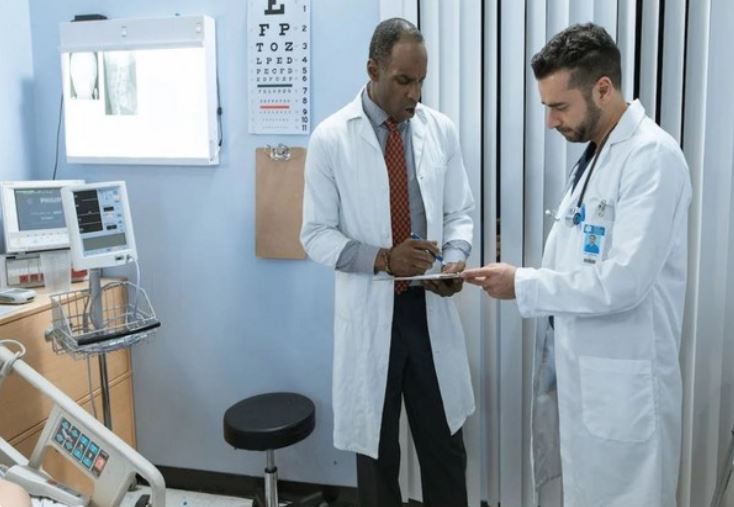 English
English

A team from UNIGE has created a novel technique for testing various medications without using animals or the body of the patient. Read further on Dynamite News:

Geneva: A team from UNIGE has created a novel technique for testing various medications without using animals or the body of the patient. Organoids, which are tiny replicas of organs and tissues made from patients exposed to therapies, were used by the researchers. The outcomes of these tests were then simulated.
This method paves the path for optimised and customised treatments for diverse cancer types and other disorders. The Journal of Experimental & Clinical Cancer Research contains it.
With more than 1.4 million people affected each year - 700,000 of them fatally - colorectal cancer is the third most diagnosed cancer in the world and the second most deadly, just after lung cancer. Its treatment is based primarily on a combination of chemotherapies called FOLFOXIRI. However, its effectiveness varies from patient to patient and its side effects are significant. It also leads to progressive drug resistance in most patients.
How can chemotherapy combinations be tested and optimised for each patient without causing numerous side effects? A UNIGE team led by Patrycja Nowak-Sliwinska, associate professor in the School of Pharmaceutical Sciences at the Faculty of Science of the UNIGE, and a member of the Translational Research Centre in Oncohaematology (CRTOH), has found the solution by using organoids. These three-dimensional cellular structures, created in the laboratory, reproduce the structure and functions of certain tissues and organs.
''These micro-tissues are not organs as such,'' explained George M. Ramzy, a post-doctoral researcher in the School of Pharmaceutical Sciences at the Faculty of Science of the UNIGE and first author of the study. ''They have some important physiological differences, such as not having vascular or nervous systems. However, they are very effective models for testing treatments.''
The researchers started with cancer tissue taken from untreated patients at the Geneva University Hospitals (HUG). By cultivating stem cells from these tissues - which gradually divided and organised themselves into three-dimensional structures - the scientists were able to produce organoids, or tumoroids, from each patient's tumour. ''We then tested different drugs on these models, without knowing their genetic background,'' explains Patrycja Nowak-Sliwinska. This individual background largely determines the effectiveness of the treatments. The researchers therefore started from scratch, basing their entire study on the observation of the cells' response in real time.
These tumour avatars were exposed to a range of seven treatments currently in clinical use. Depending on the response of each patient organoid, the combination and dosages of these treatments were adapted. All results were mathematically modelled to predict the optimal efficacy and doses for each organoid, i.e. for each patient. These tests were carried out over two weeks. ''This is a clinically relevant time frame: it is the time frame currently needed by the medical profession to choose a treatment after diagnosis,'' said Patrycja Nowak-Sliwinska. (ANI)
No related posts found.